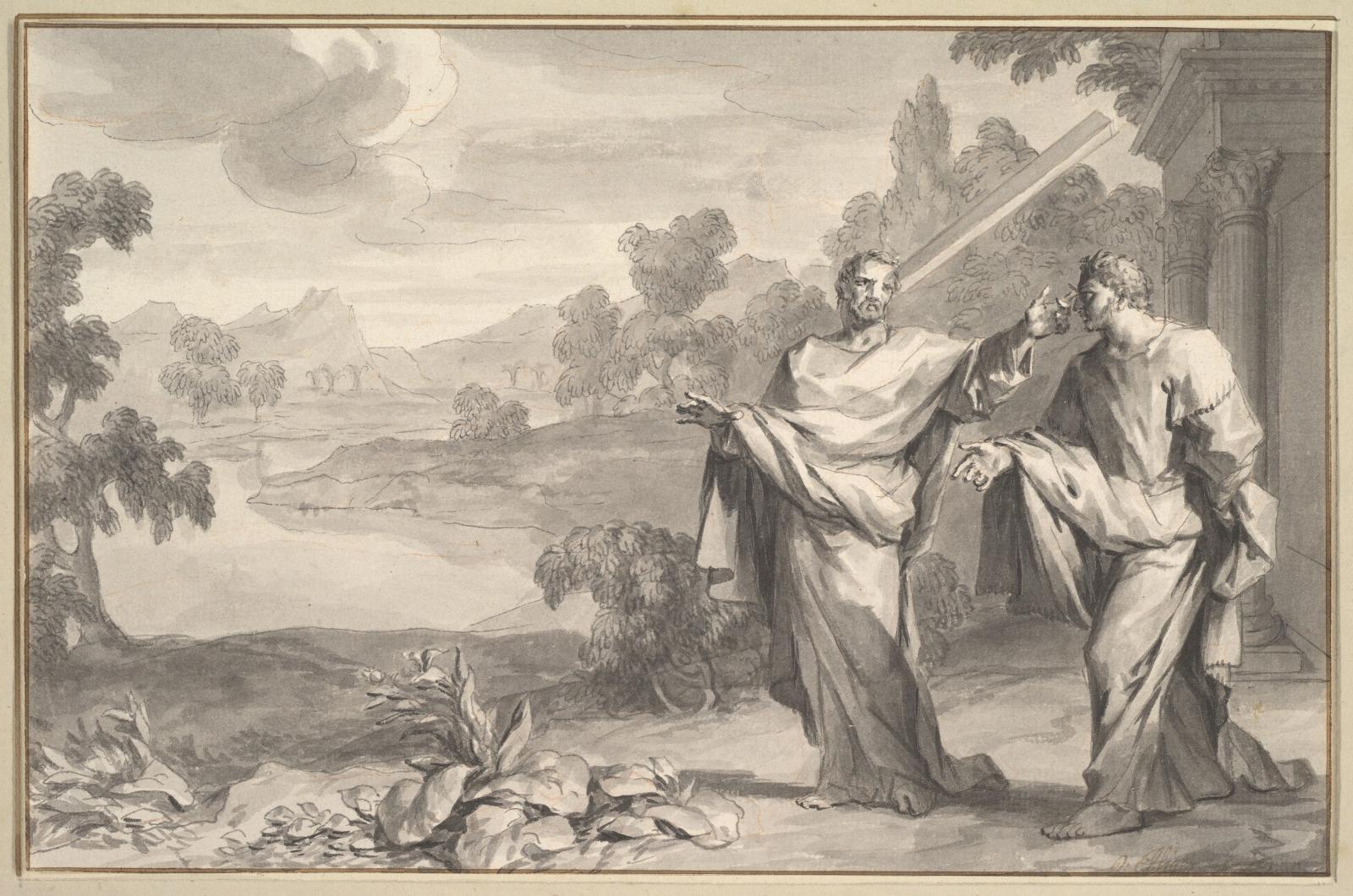Different genomes (DNA) in cells of individuals produce genomic mosaicism1. Is this heresy, offending the central dogma of molecular biology2. Or fact, demanding quantitation? A recent paper starts bluntly with our title3.
The DNA of each somatic cell of individuals derives from parental gametes to a cell (zygote) that develops through serial replications and partitions into 2,4,8… billion new somatic cells; in the process DNA accumulates errors and damages, recombines, transposes, incorporates foreign genes and DNA-copies of numerous RNA. Hence throughout an individual’s life the DNA of its cells diverge, probably less within than between individuals. Mature neurons don’t divide: this spares duplication errors, but not the rest. In post-mortem sorted neurons Lodato et al3 find thousands of single nucleotide variants4, less than in UV-exposed skin, but more than in heart. Remarkably transcription alters the nontemplate strand in neurons, the template one in germ cells, inducing a use-and-lose1 effect, sterilely reminiscent of Lamarck’s (and Darwin’s!) use-and-disuse4,5.
Genes&genomes are ill-defined6: one gene determines height in pea plants, as discovered by Mendel7; hundreds favor it in humans, as reported recently8: still height is largely inheritable. Nowadays genes are considered Read-Write (RW) systems, rather than Read-Only-Memory (ROM)9. Individual’s genomes vary and occasionally disappear (erythrocytes).
Genetic information is not only DNA10: zygotic genomes shed paternal decorations, recruit maternal proteins and RNA, and originate compositionally elusive (epi)genomes11, recalling Flemming’s chromatin, or even Miescher’s nuclein7. Chromatin includes DNA, RNA, proteins: all switch nature and partners12. Still we launch projects (cloning13, serial Human Genome Projects14, stemness regeneration15, genome editing16, etc.) based on constant individual genomes. Trying to spell life as As,Cs,Gs,Ts borders hubris, nourishes business, and mixes Prometheus and Midas17. Genomic mosaicism survives because it bridges nature and nurture18 and increases the evo-devo versatility of genomes without increasing redundancy12. We shall not cease from exploration19: space-time variations in individual DNA are not known because not looked for…19. Another mad pursuit2 challenging dogmas and shifting paradigms20.
1. Frank S. A. PNAS, 107, 1725, 2010
2. Crick F. C. What mad pursuit. Basic Books, 1988 (the title is from J. Keats’, Ode on a Grecian Urn)
3. Lodato M. A. et al. Science 350, 94, 2015
4. Chaisson M. J. P. et al. Nature 517, 608, 2015
5. Balter M. Science 288, 38, 2000
6. Johannsen W. in Mayr E. The growth of biological thought. Harvard University Press, 1982, chapter 15; Singer M. & Berg P. Genes&Genomes. University Science Books/Blackwell, 1991
7. Portugal F.H. & Cohen J.S. A century of DNA. MIT Press, 1977
8. Allen H. L. et al. Nature 467, 832, 2010
9. Shapiro J. A. Evolution: a view from the 21 century. FTP, 2009
10. Waddington C. H. Nature 150, 563, 1942
11. Sgaramella V. Science 329, 32, 2010
12. Sgaramella V. Cytogen. Genome Res. 139, 215, 2013
13. Sgaramella V. & Zinder N. Science 279, 635, 1998
14. Dulbecco R. Science 231, 1055, 1986
15. Takahashi K. & Yamanaka S. Cell 126, 663, 2006
16. Yang L. et al. Science 350, 1101, 2015; Jiang F. et al. Science 348, 1477, 2015
17. Wilkins M. in Judson F. H. The Eighth Day of Creation. Touchstone 1979, p. 102
18. McClintock B. Science 226, 792, 1984
19. Eliot T. S. Four quartets: Little Gidding V, 1943
20. Kuhn T. S. The Structure of Scientific Revolutions. University of Chicago Press, 1962



